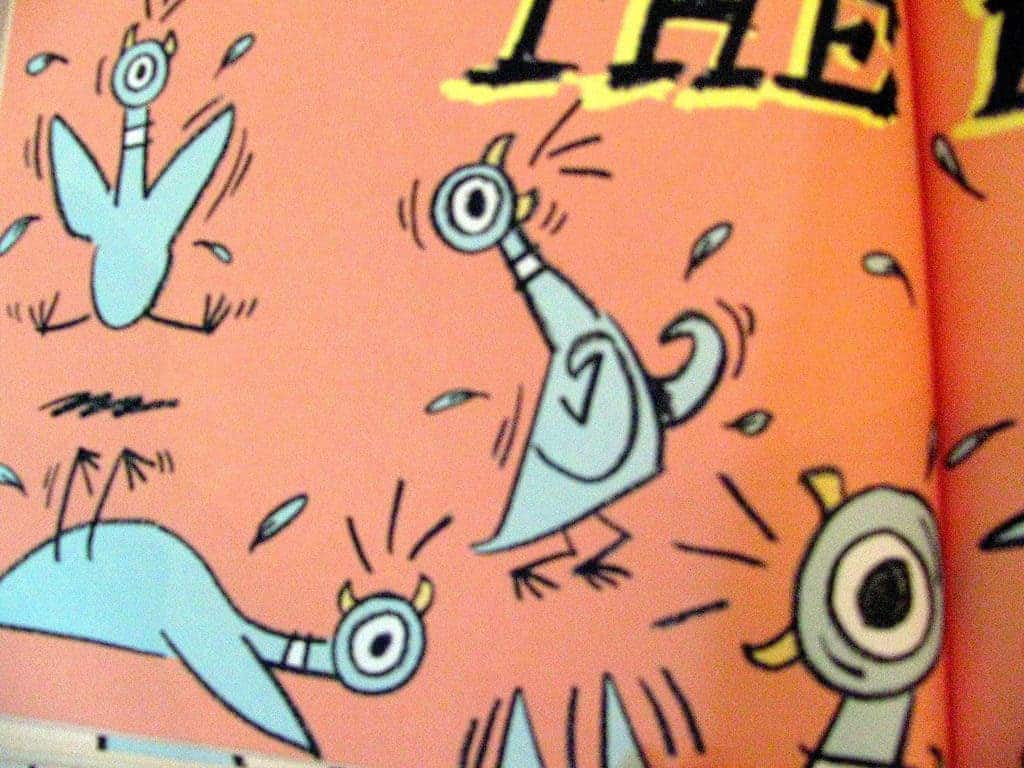Children with autism are known for throwing more frequent tantrums, but contrary to popular belief it doesn’t come down to language or speech impediments, Penn State College of Medicine researchers report.

Raising a child with autism can be a very difficult job. They are known to go through more tantrums than children without the disorder, and communication can become difficult if not impossible with those on the higher end of the spectrum. Their outbursts are usually chalked up to these difficulties in expressing their wants and needs, but that isn’t necessarily the case.
To understand the relationship between communication and these tantrums, a team of researchers from the Penn State College of Medicine worked with 240 children with autism aged 15-71 months of age.
“There is a common pervasive misbelief that children with autism have more tantrum behaviors because they have difficulty communicating their wants and their needs to caregivers and other adults,” said Cheryl D. Tierney, associate professor of pediatrics at the College of Medicine and section chief of behavior and developmental pediatrics at Penn State Children’s Hospital.
“The belief is that their inability to express themselves with speech and language is the driving force for these behaviors, and that if we can improve their speech and their language the behaviors will get better on their own.”
Tierney and co-author Susan D. Mayes, professor of psychiatry at Penn State, addressed limitations in previous research by including a larger sample of children and recording data on more of their characteristics. The authors also note that unlike previous research, they measured IQ and considered speech and language as distinct elements that might play into the development of tantrums in children with autism.
IQ level is particularly important here because a child with the mental capacity to understand and use language will behave very differently from one who can’t do the same, the authors note. Furthermore, they make the distinction between language and speech as one represents a child’s ability “to understand the purpose of words and to understand what is said” while speech is their ability to use their mouth, tongue, lips and jaw to form the sounds of words and make those sounds intelligible to other people.”
They found that the children’s IQ, their ability to understand language and their ability to use words and speak clearly, accounted for less than 3% of their tantrums. They also report that 2-year-olds who could speak at the normal level of development still had more tantrums than children who could speak at their age level.
“We found that only a very tiny percentage of temper tantrums are caused by having the inability to communicate well with others or an inability to be understood by others,” Tierney notes. “We had children in our sample with clear speech and enough intelligence to be able to communicate, and their tantrums were just as high in that group.”
The authors write that while the paper doesn’t answer why these tantrums take place, the findings are enough to justify shifting the focus from improving speech to improving behavior. They note that a low tolerance for frustration and general mood deregulation (two common traits in the autism spectrum) likely play a part and should be the focus of future studies.
Applied behavior analysis is probably the most helpful method of working through these tantrums, and having a well-trained and certified behavior analyst on a child’s treatment team is key to a good outcome.
“We should stop telling parents of children with autism that their child’s behavior will get better once they start talking or their language improves, because we now have enough studies to show that that is unlikely to happen without additional help,” she said.
“This form of therapy can help children with autism become more flexible and can show them how to get their needs met when they use behaviors that are more socially acceptable than having a tantrum,” Tierney said.
The full paper “Tantrums are Not Associated with Speech or Language Deficits in Preschool Children with Autism” has been published in the Journal of Developmental and Physical Disabilities.


